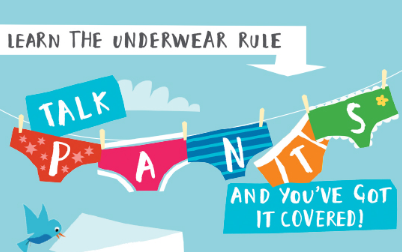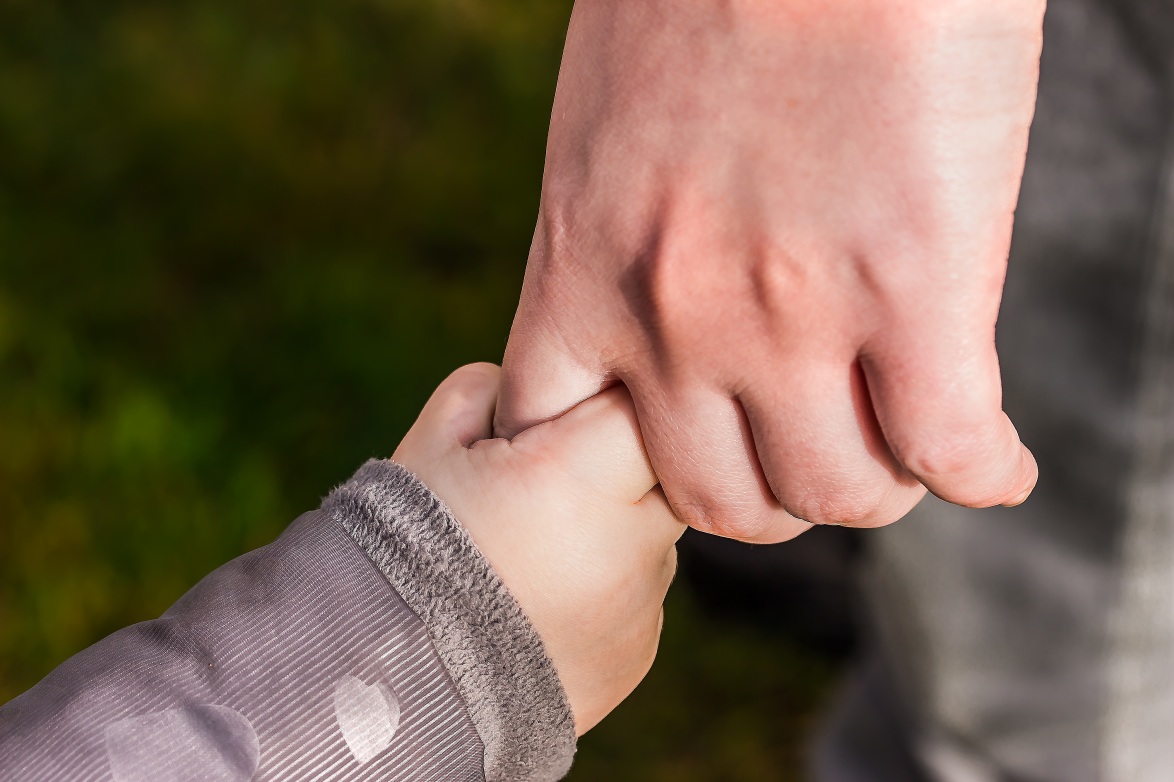Bullying no matter how subtle it may seem or look affects everyone- those who are bullied, those who watch others being bullied and those who bully. Bullying is linked to many negative effects including impacts on mental health, substance abuse and suicide.
Bullying behaviour is characteristic of these 4 elements:
- Repetitive and persistent
- Involves an imbalance of power
- Causing feelings of distress, loneliness fear and a lack of confidence
- Intentionally harmful
There is always a potential for bullying wherever groups of children spend time together on a regular basis or live together such as schools or children homes.
Kids who are bullied experience negative social, emotional and physical effects. They may experience feelings of loneliness, sadness, low self-esteem, depression, anxiety, changes in sleep patterns, loss of interest in activities they used to enjoy. Children may also show decreased performance in academic work, may want to skip or drop out of school. For some children these issues may persist into adulthood.
Studies have found that children who are bullied are more likely to develop psychiatric disorders as adults compared to kids who are not bullied. Any victim of bullying knows that the blade of the bully cuts deep and such pain can be carried for years afterwards even if that person is no longer in your life.
Kids who bully others are also likely to be affected by the same. They can begin to engage in risky behaviour such as:
- Easily get into fights at school, vandalize property or drop out of school
- Engage in early sexual activity
- Have criminal convictions and may abuse drugs in adolescence and adulthood
- Be abusive toward spouses, romantic partners, or children as adults
There are numerous media reports that often link suicide to bullying. Although kids who are bullied are at risk of suicide, bullying alone is not a cause. There are many issues that may contribute to suicide such as problems at home, depression and a history of trauma. Bullying however can add to the bulk of many issues facing young children and the youth.
Many children who face bullying will more often than not feel very distressed and powerless to put a stop to bullying. Children will feel embarrassed or ashamed that they are being bullied and may worry about what happens if they tell anybody.
What to do if your child is being bullied;
1. Explain what bullying is and ask them if they are being bullied. If you know that your child is being bullied make sure you check in with them as often as possible. Remind them you are there for them and they can talk to you anytime.
2. Make sure they know who to ask for help.
If your child is being bullied they might be scared to report it because they think they’ll make the bullying worse. Let them know they can talk to you or someone they trust such as a teacher or a family member.
If they don’t want to talk to you, suggest a counsellor who can also listen to them
3. If your child is being bullied help them find things to do that make them feel good like sports or music. Give them opportunities to build up their confidence. Always remind them it’s not their fault and they are loved and valued.
4. Talk to your child’s school. Bring any evidence in the bullying such as text messages a record of incidents or screenshots of online bullying. Tell them what effect the bullying is having on your child and make it clear you won’t tolerate it.
Ask the teacher or organiser what action they will take to curb the behaviour.
What to do if your child has been bullying others.
Children may not always realise that what they are doing is bullying. If they are making hurtful comments or doing offensive things to others they may not understand how much that could hurt someone.
1. Calmly explain that what they are doing is wrong and unacceptable.
2. Help them understand how what they have done feels. Ask them how they think the other child felt.
3. Explain what action you will take next such as informing their school and what you expect them to do to stop the negative behaviour.
In conclusion, bullying and its persistent, underlying damage to the mental health of both the perpetrators and victims makes a strong case for prevention. I always argue that prevention is the best protection. Bullying is no longer the necessary evil on the playground, but it is a serious form of child abuse whose negative effects continue to ripple through the lives of those affected.
This is no longer a children’s issue, but rather a cultural and societal issue that has roots extending back to generations. Caregivers and parents must provide the necessary support to kids who bully and are bullied.




You must be logged in to post a comment.